Central Park in New York is the first urban landscaped Park in the United States. The Park project was initially conceived in the salons of wealthy New Yorkers in the early 1850s and cost the city ten million dollars. Its purpose was to refute the notion held by Europeans that Americans lack civic duty and cultural refinement but are instead motivated by unhealthy, individualistic materialism that is uninterested in the common good.
The Park spans two and a half miles from 59th to 106th Streets (and half a mile from Fifth Avenue to Eighth Avenue) in Manhattan. In 1857, the Park’s construction finally began based on a design competition the park superintendent and architect, Frederick Law Olmsted and Calvert Vaux, won, called the “Greensward Plan,” after which the Park was named. In 1863, the Park was extended north to 110th Street by using the power of an eminent domain. Approximately 1,600 people were evicted from the rocky, swampy terrain, some as legitimate tenants and some as squatters; among them were a convent and a school, bone-broiling plants, and the Seneca Village settlement of about 270 people, which had three churches as well as a school. AME Zion, the city’s most prominent church, lost its members, scattered throughout the city. Although the city compensated landowners with an average of $700 per a lot of land, many residents estimated this to be far below the value of their properties, which, despite the (until then) undesirable topography, were their homes, their homes, their livelihoods, and their history.
City and park planners chose the new park site because its terrain was unsuitable for commercial development, as well as for its rocky vistas, swamps that would be converted to lakes, and its old city reservoir. These elements will be refined, enhanced, diminished, and eliminated to create a park in the style of European public grounds, with an unspoiled rural appearance. Olmsted and Vaux’s plan included four transverse roads beneath the Park to accomplish this. Buildings were to be kept to a minimum–only four buildings were initially planned for the Park–and bridges were to blend naturally into their surroundings. Laborers from Ireland, Germany, and New England worked ten-hour days under the direction of architect-in-chief and head foreman Olmsted for between a dollar and a dollar fifty a day. New Yorkers skated on the lake south of the Ramble in December of 1858 when the Park’s first area was opened to the public. The final stages of the Park’s construction began in 1863, with landscaping and structure of the newly acquired area between 106th and 110th Streets. Since budget constraints and Andrew Green’s tight financial control meant less labor was expended on the area’s design, giving it a natural appearance.


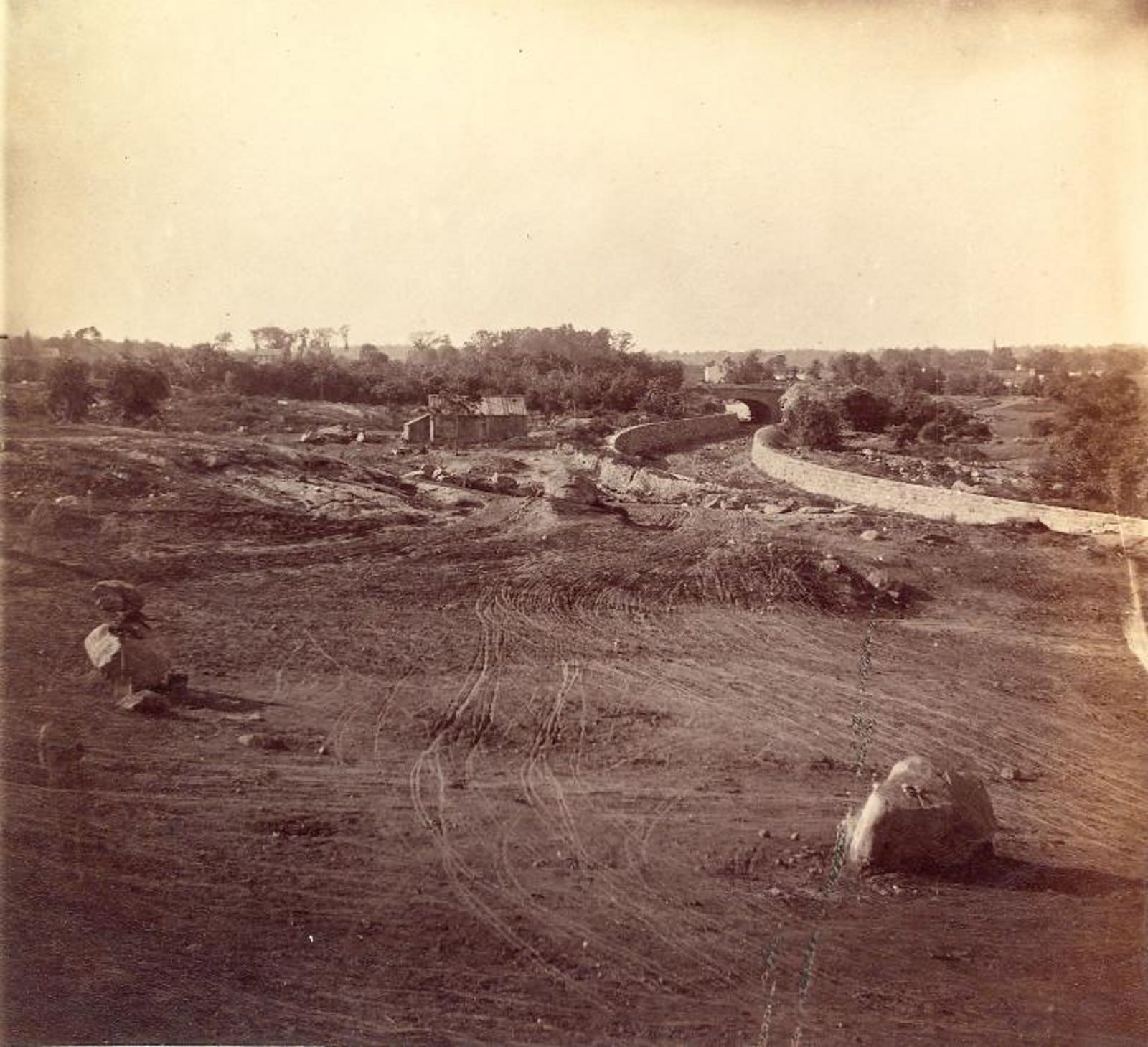
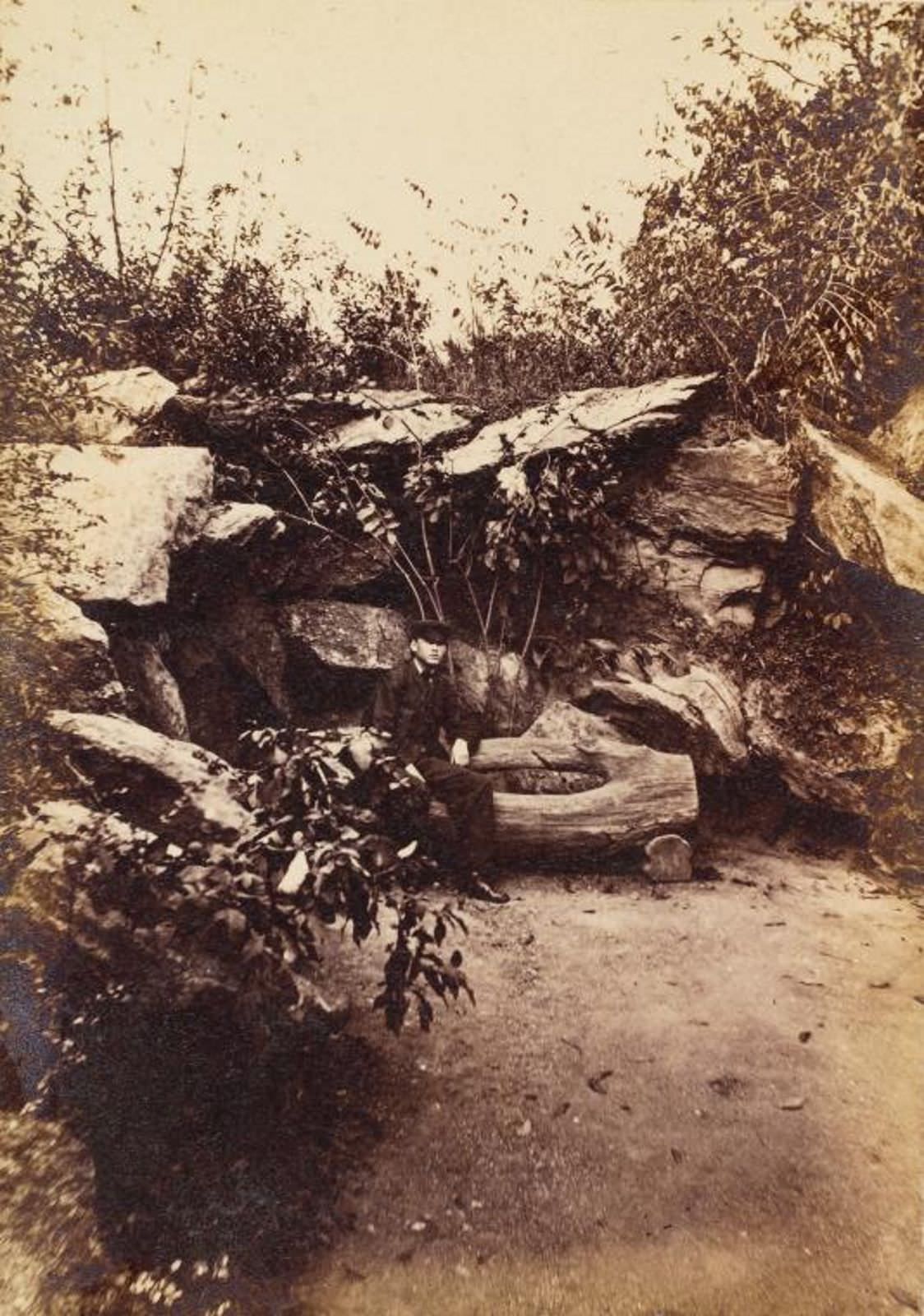
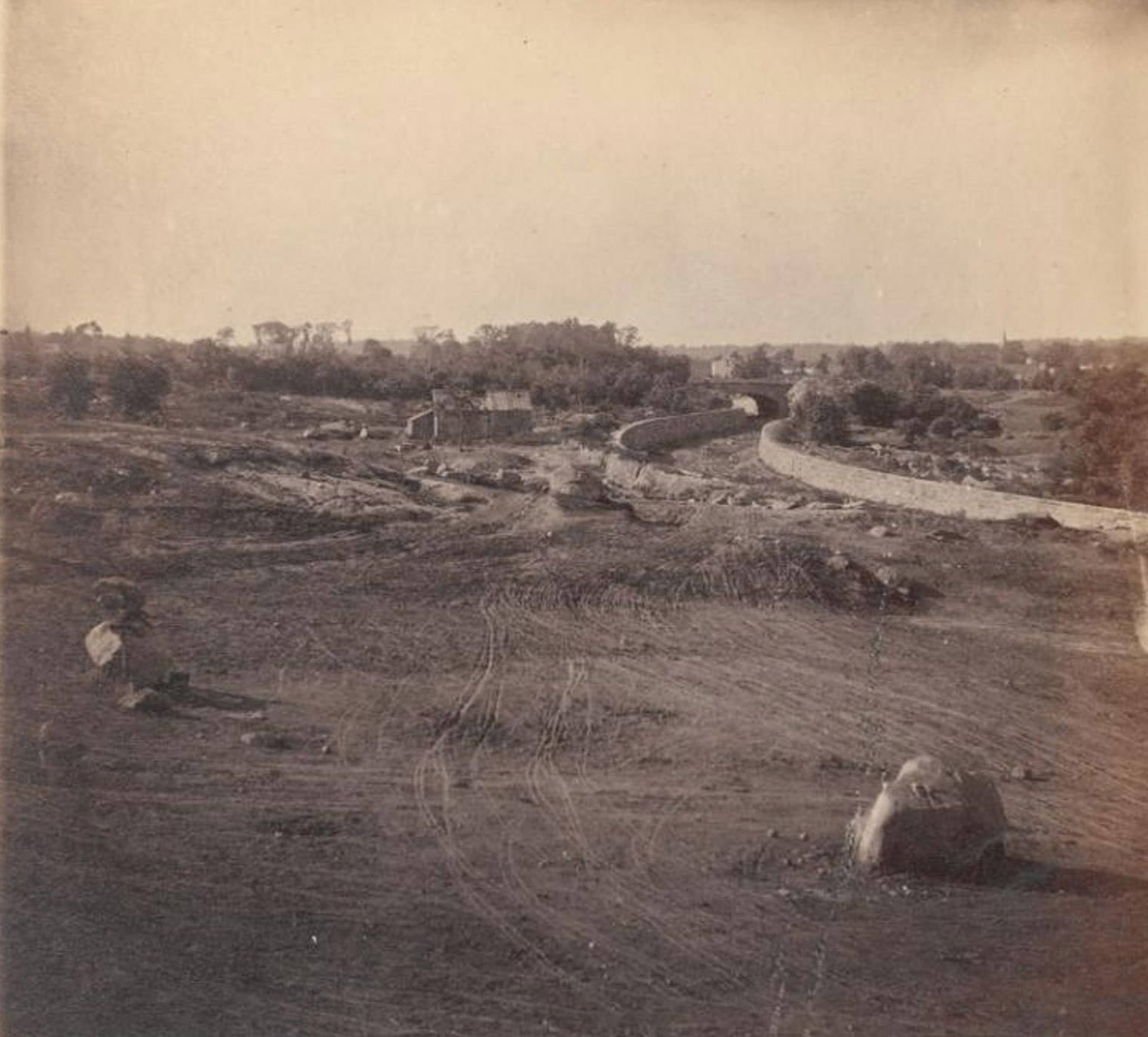
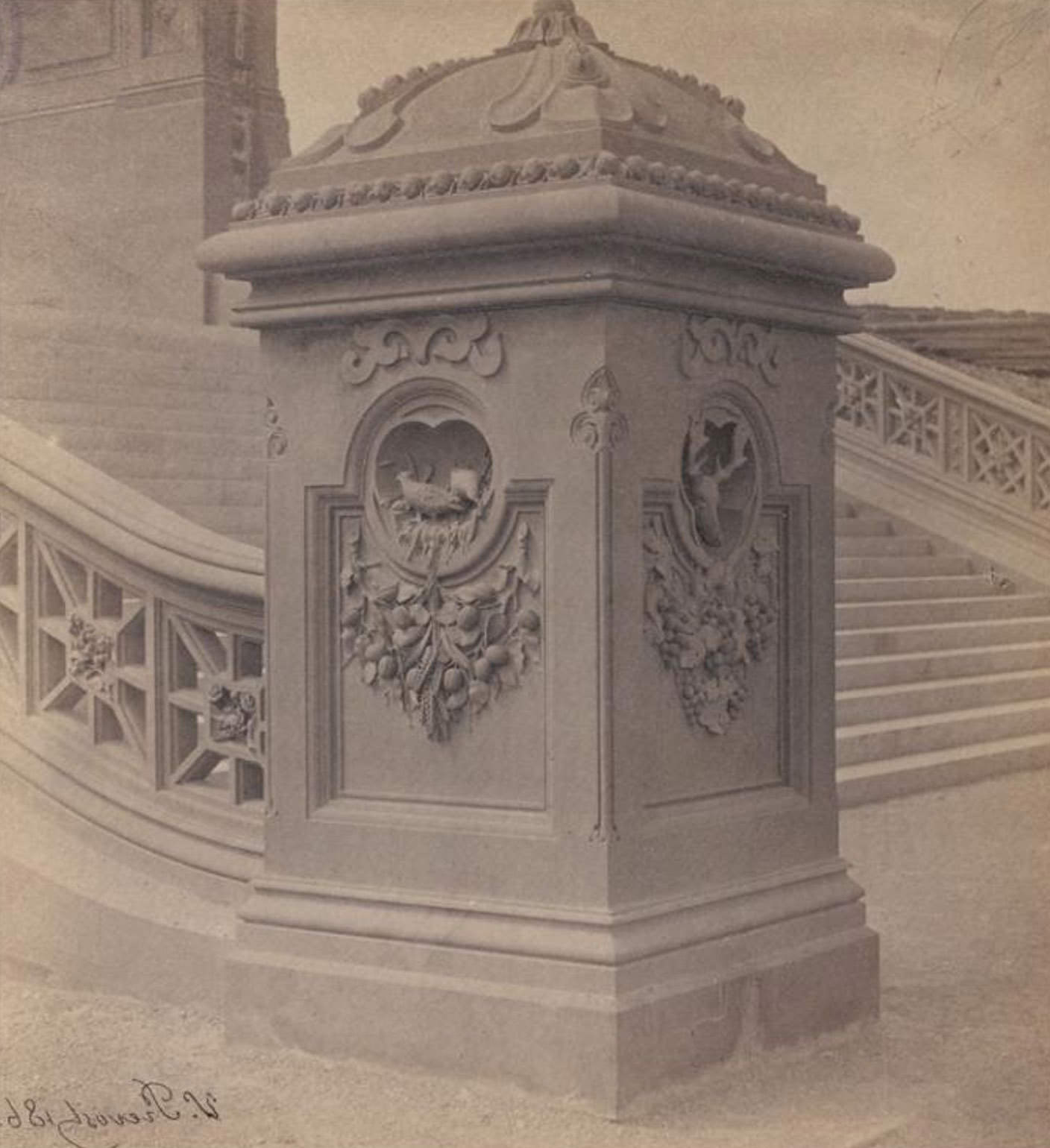

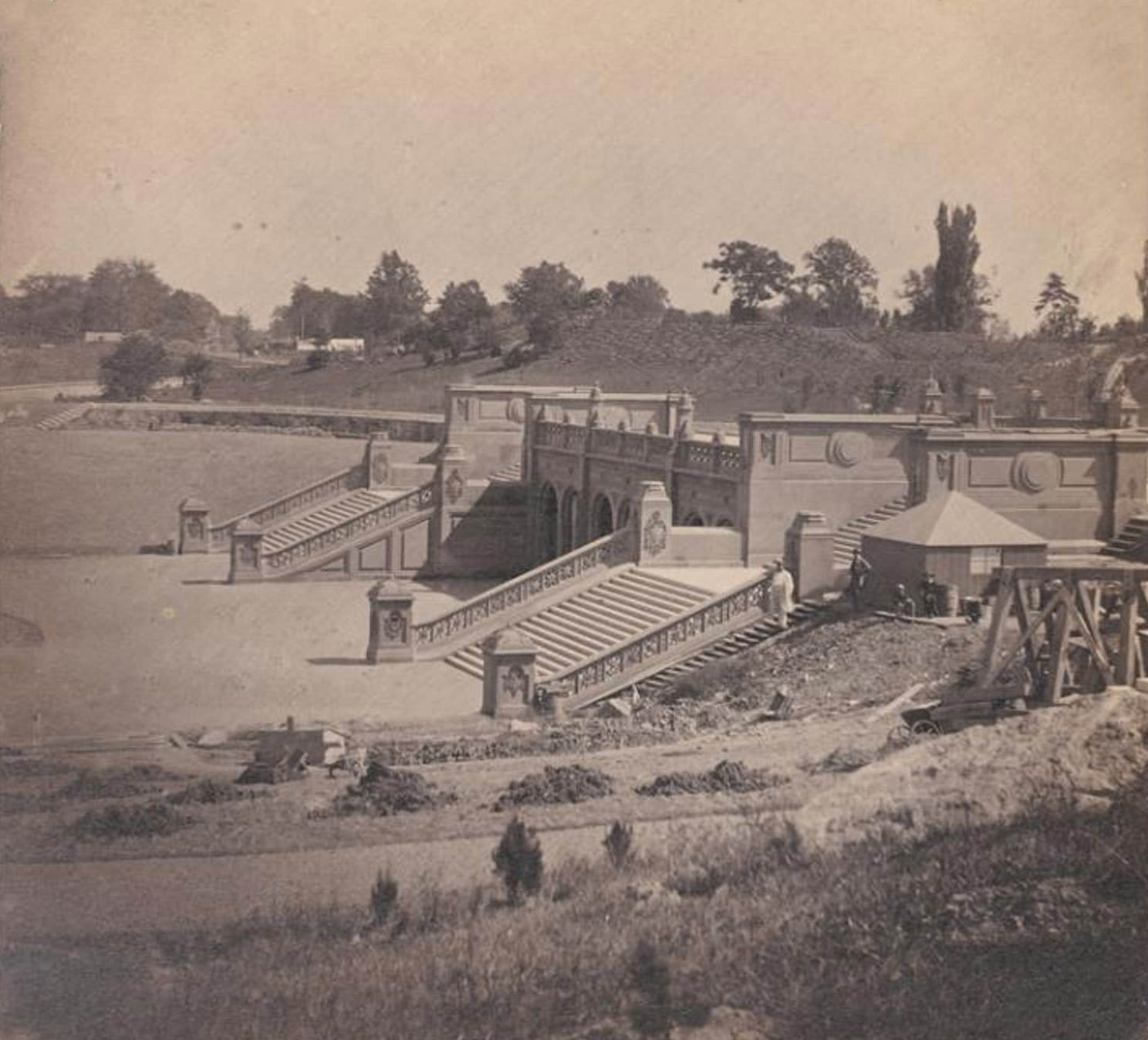
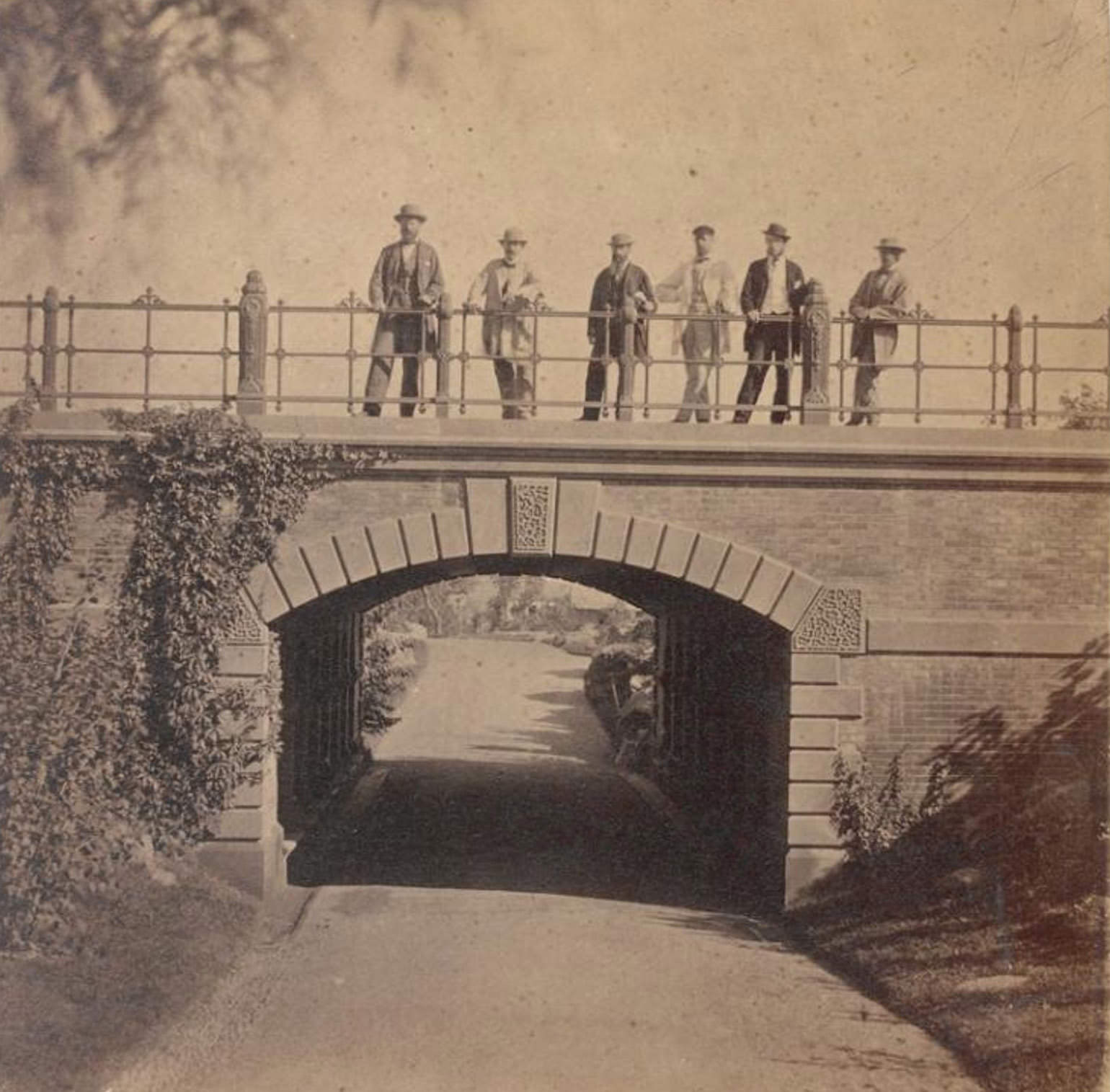
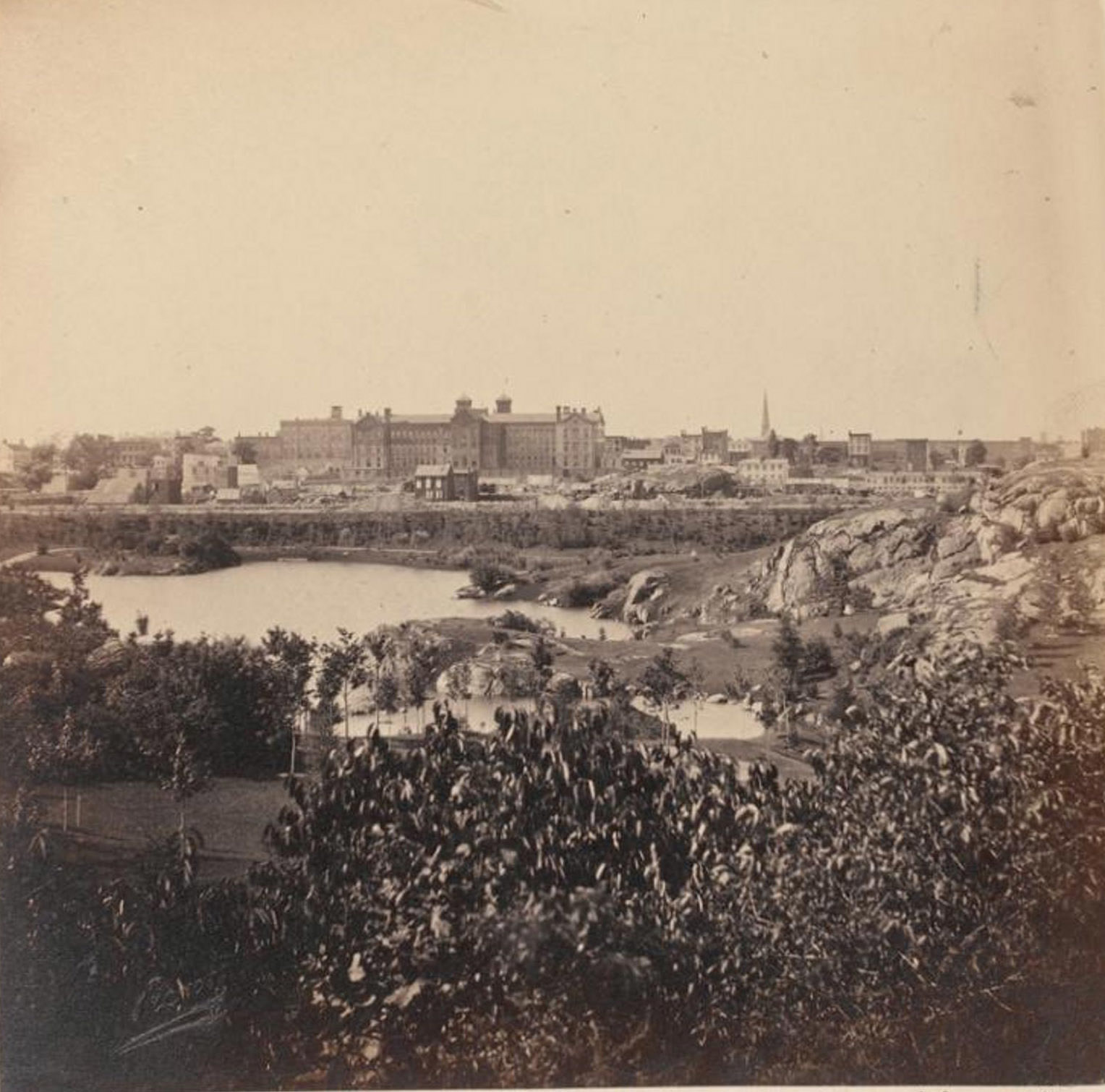
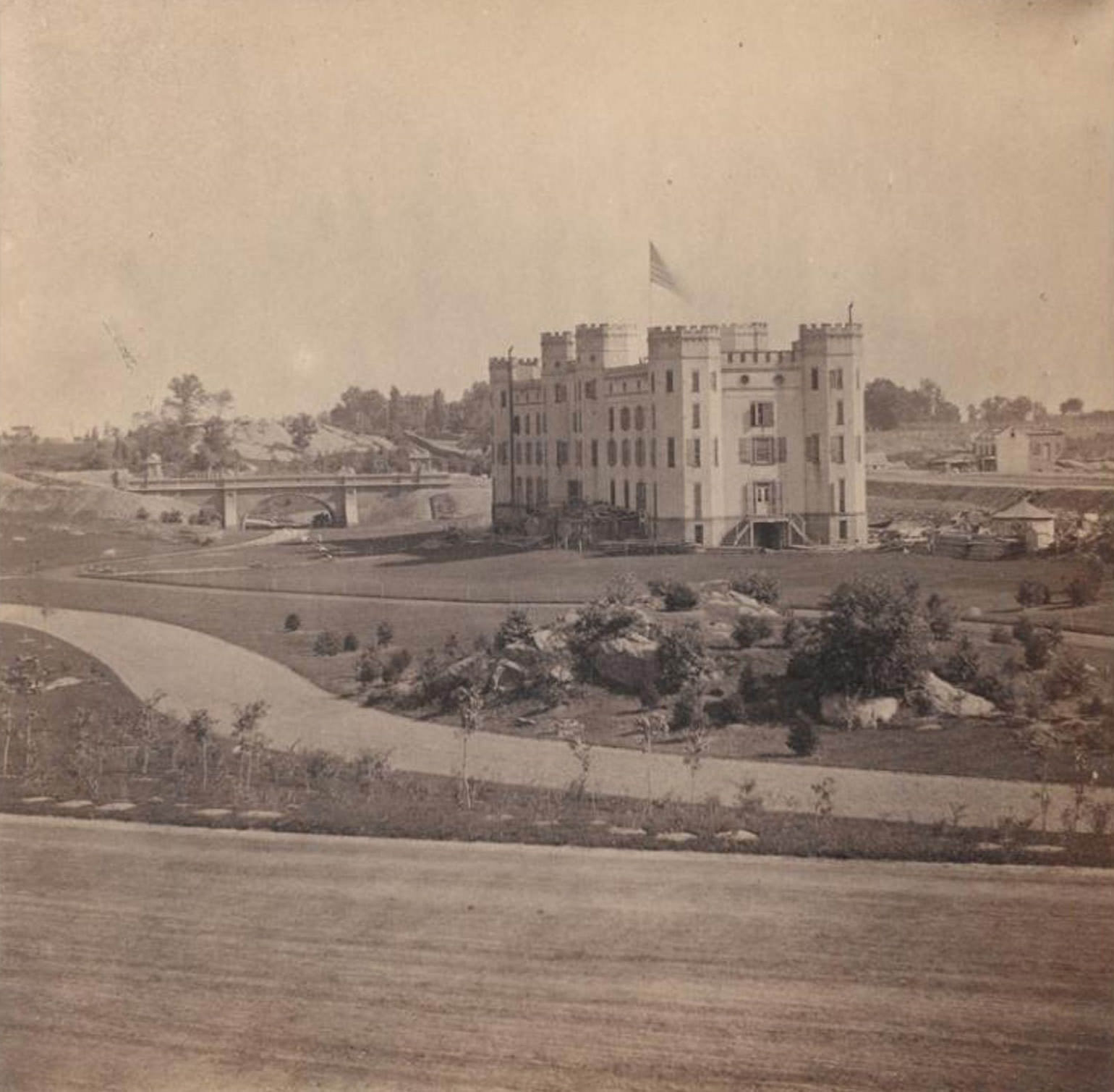
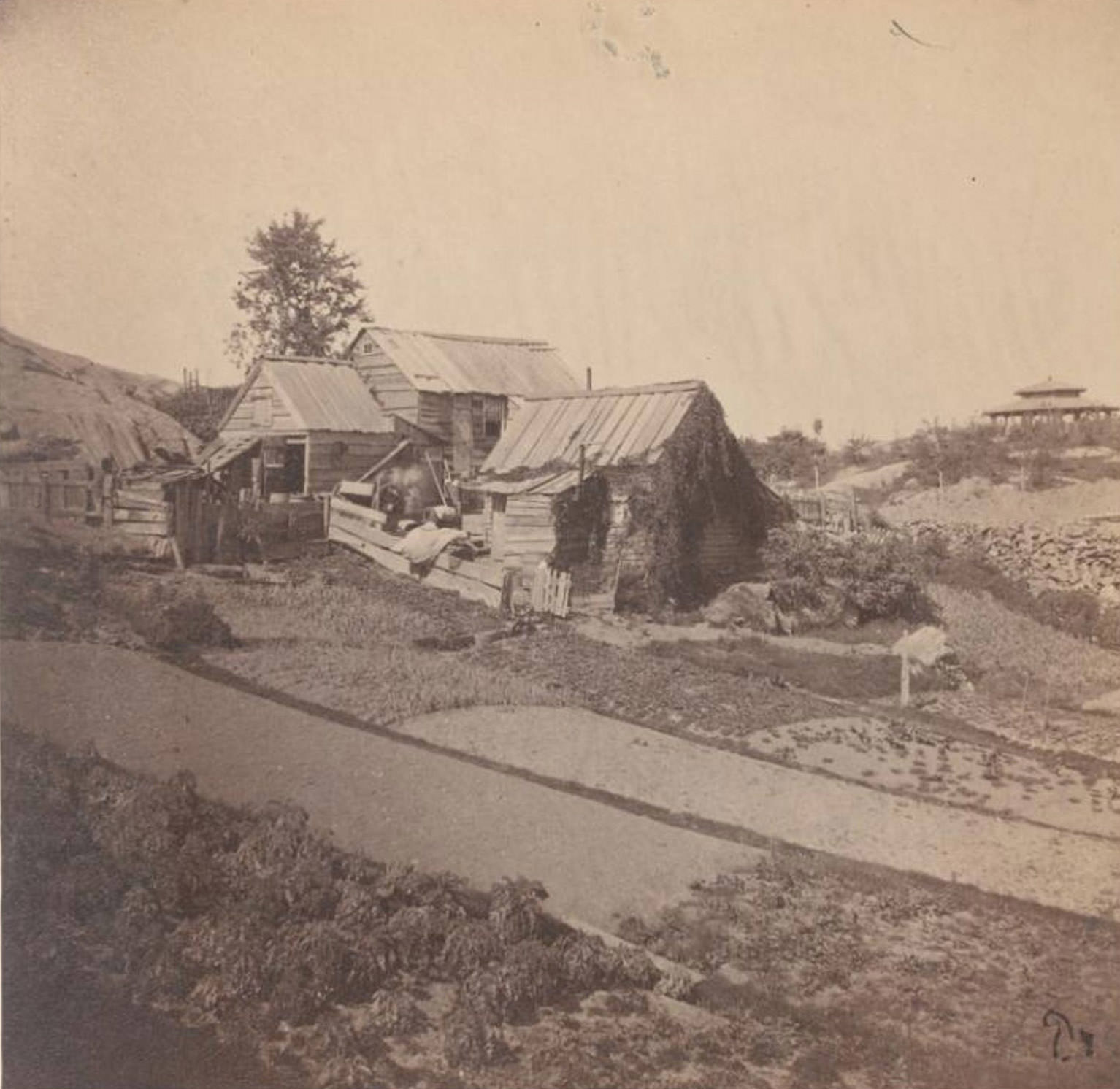
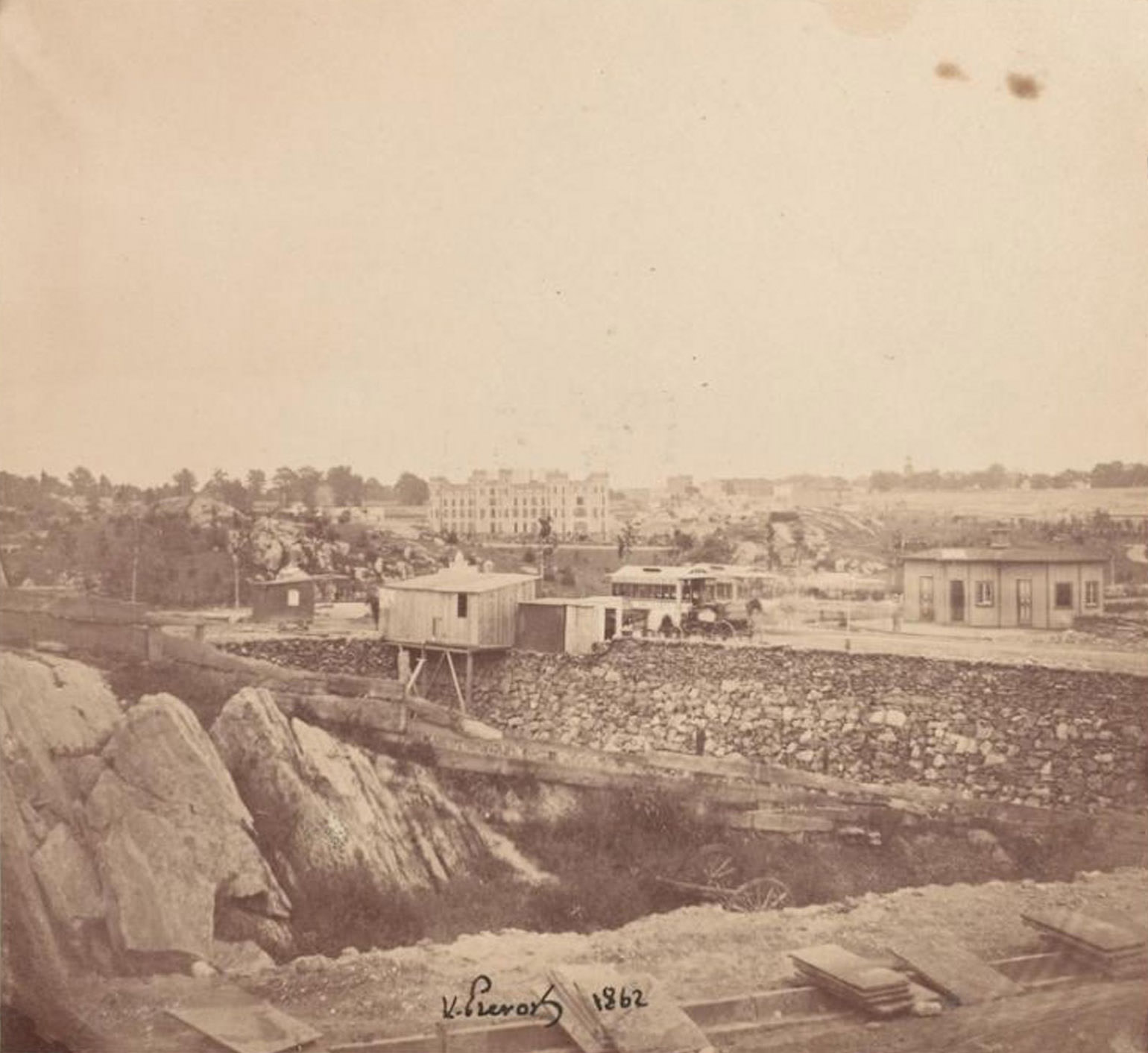
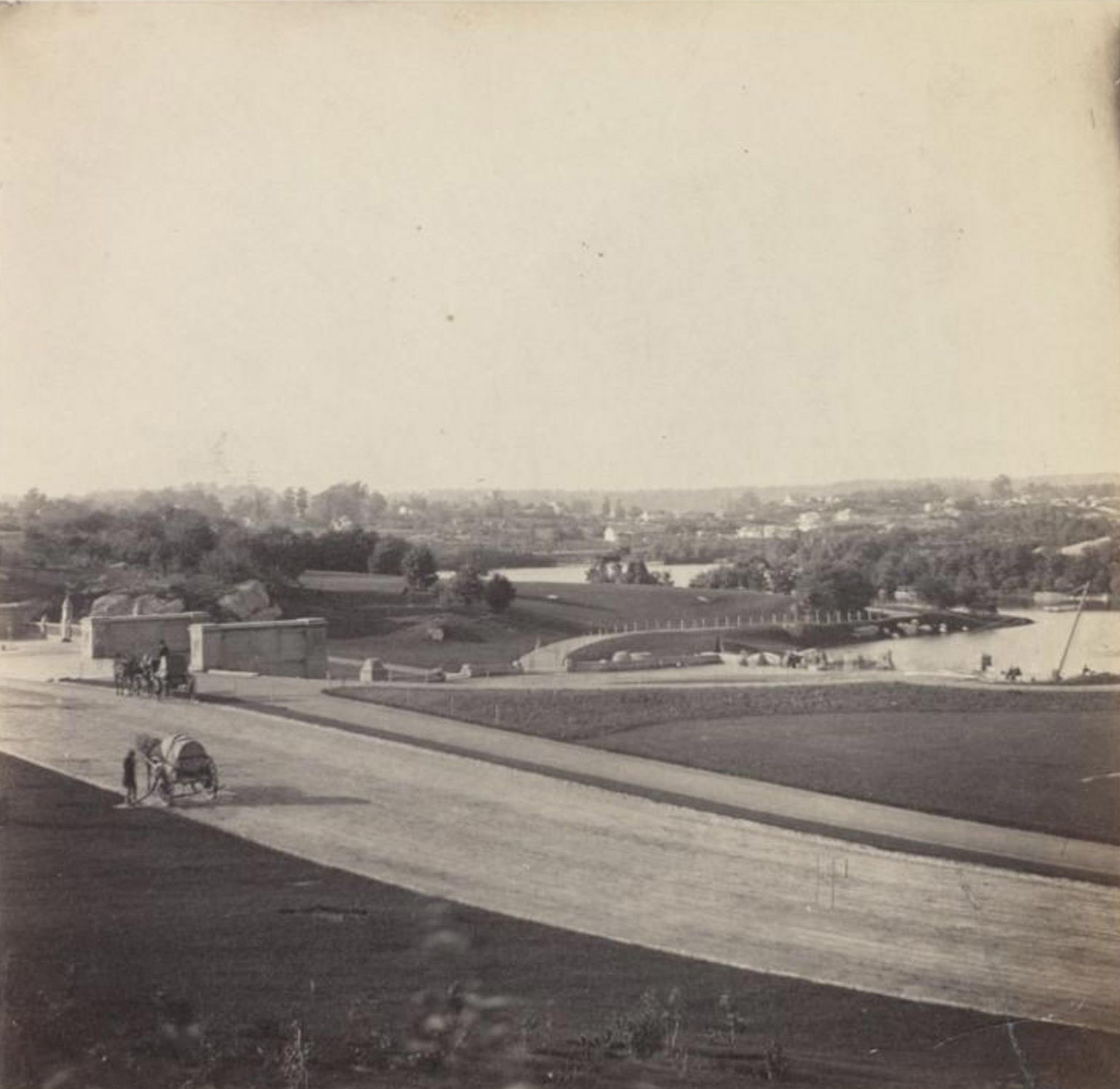
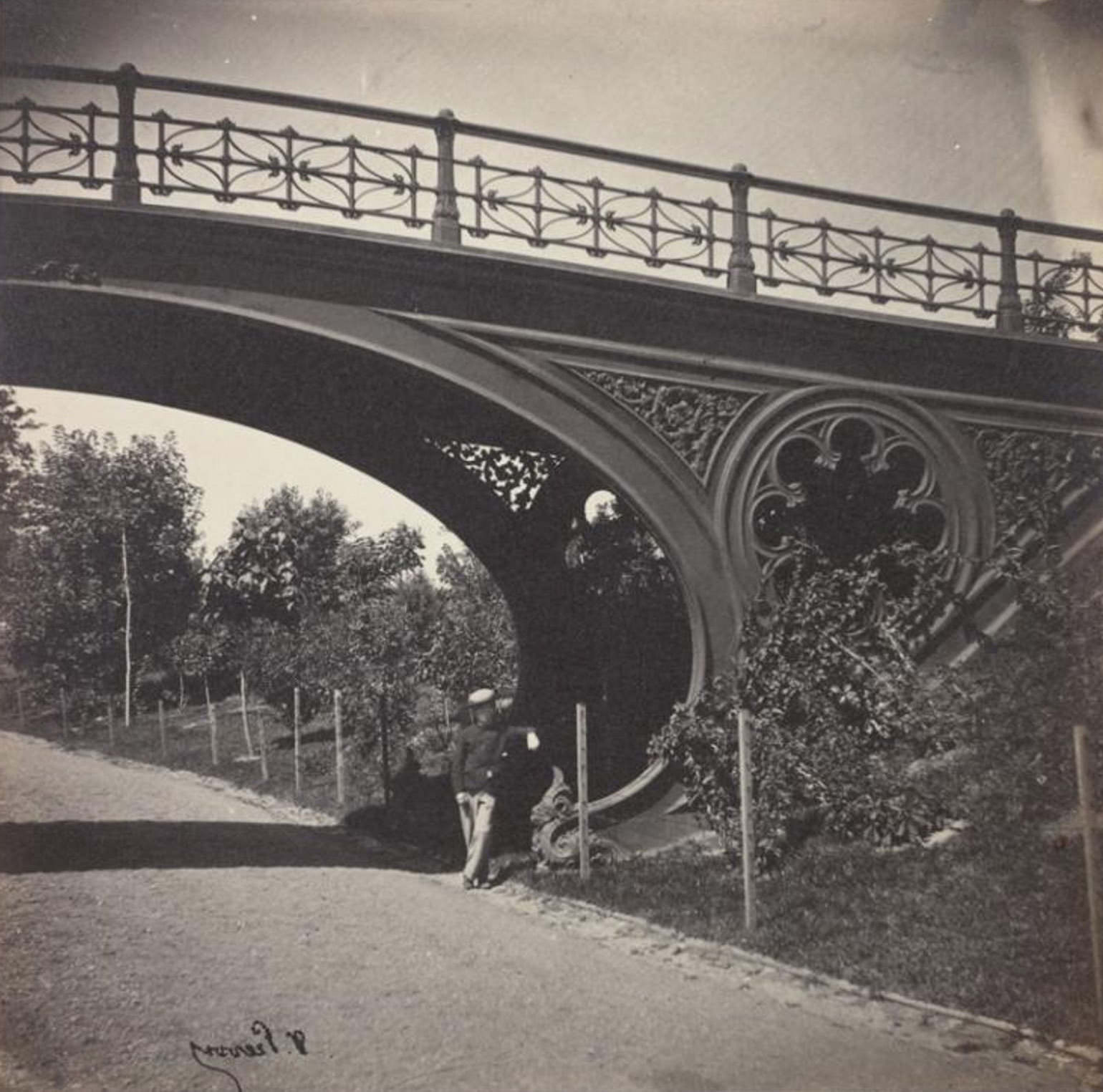
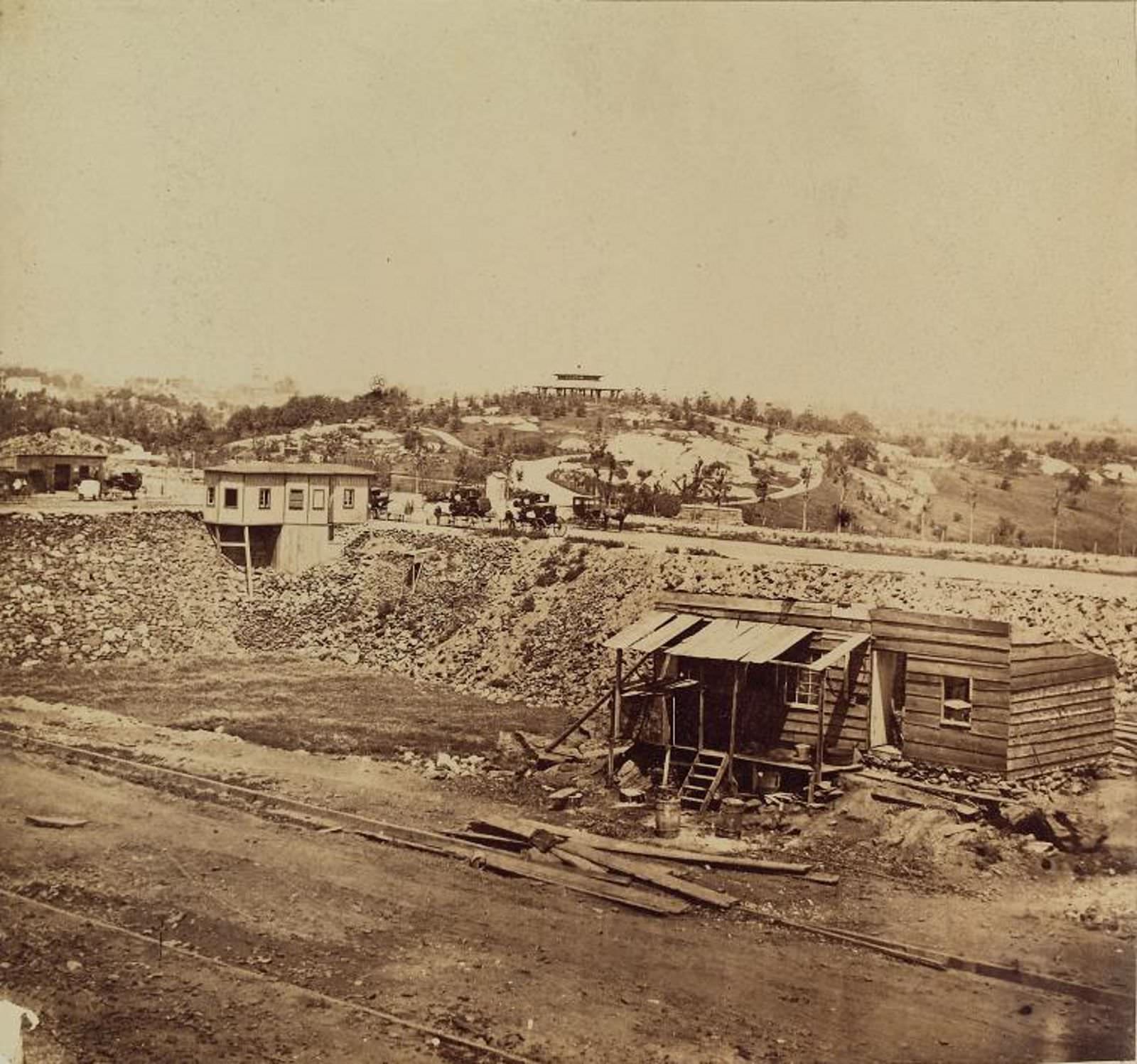
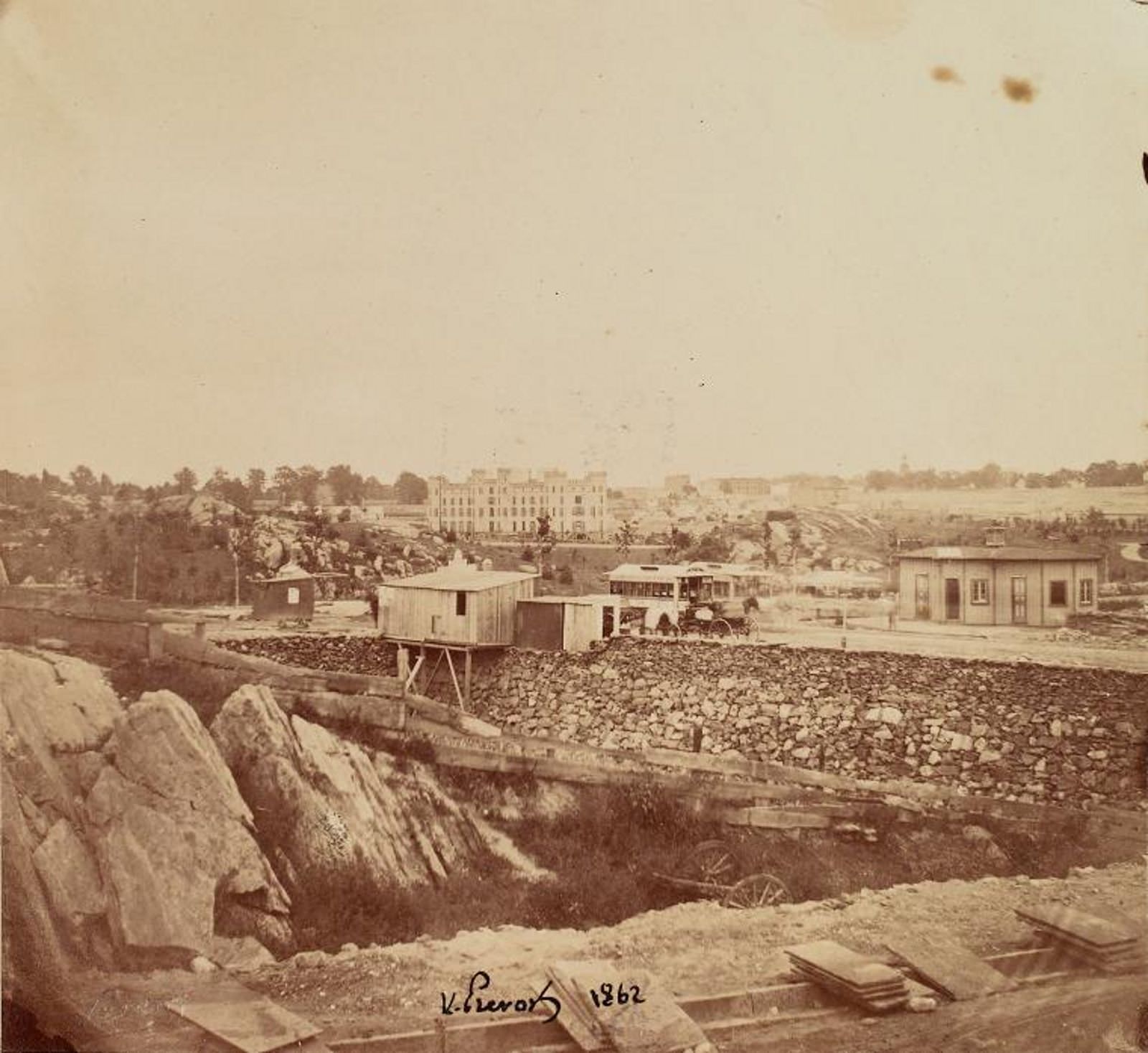
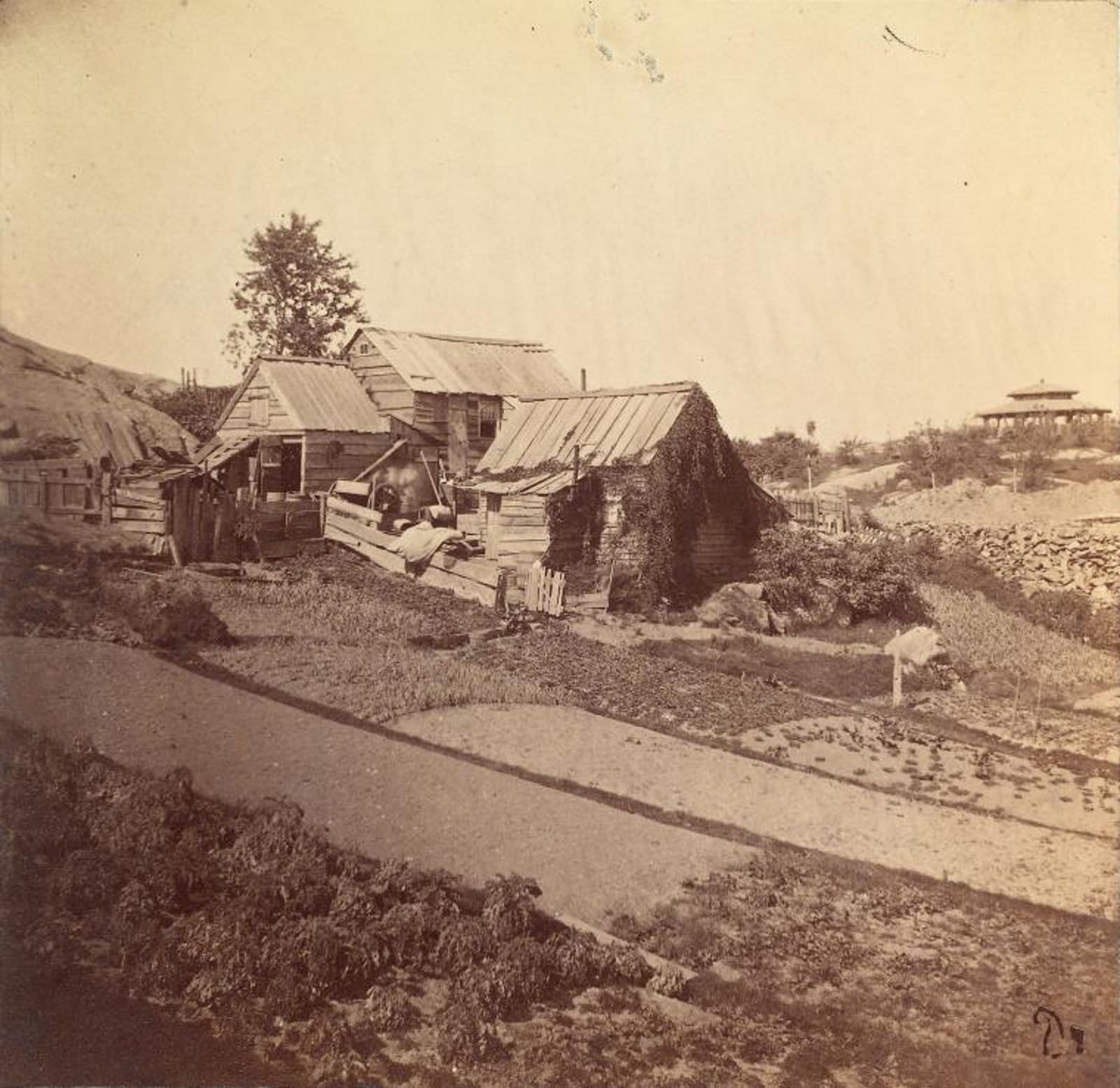
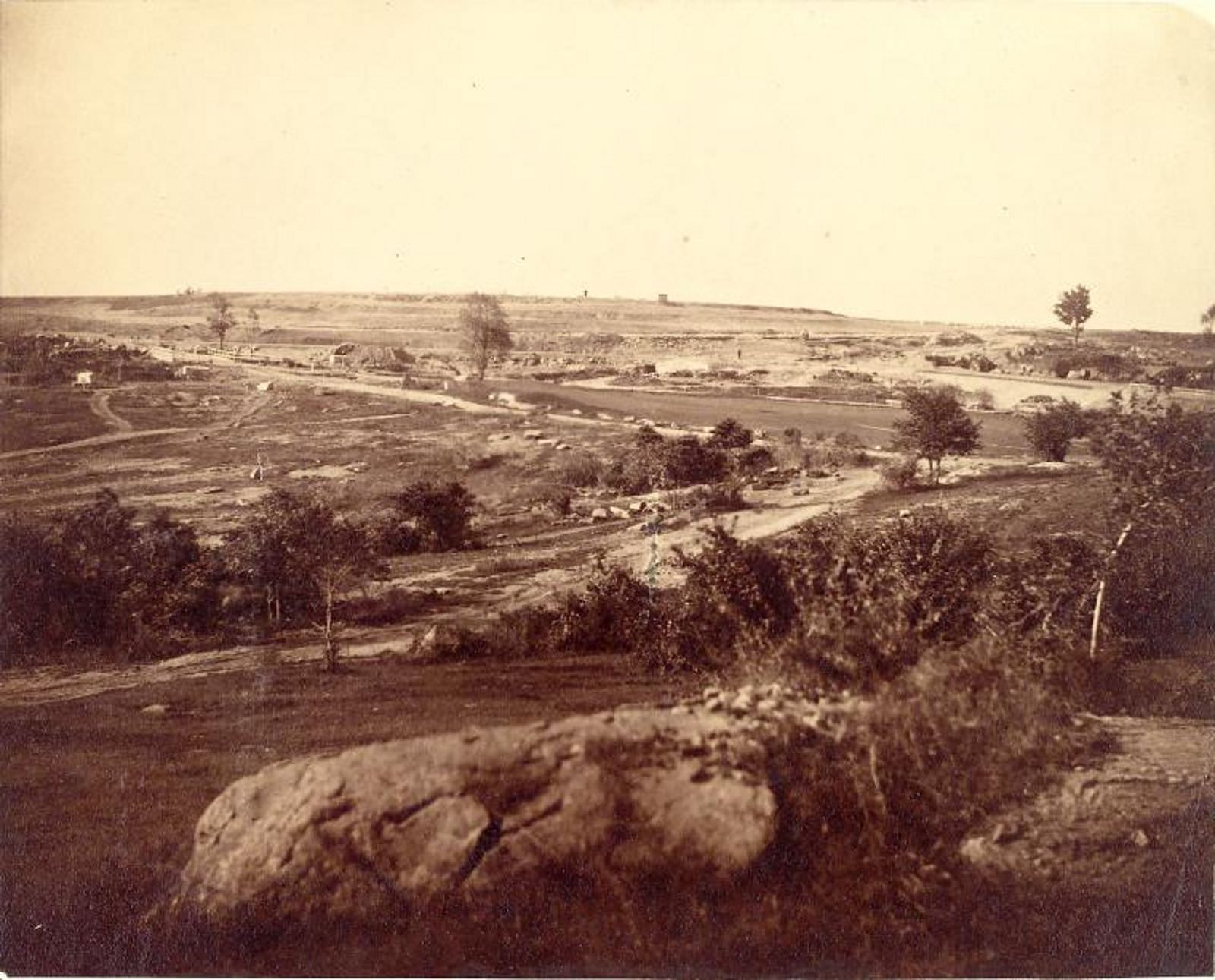
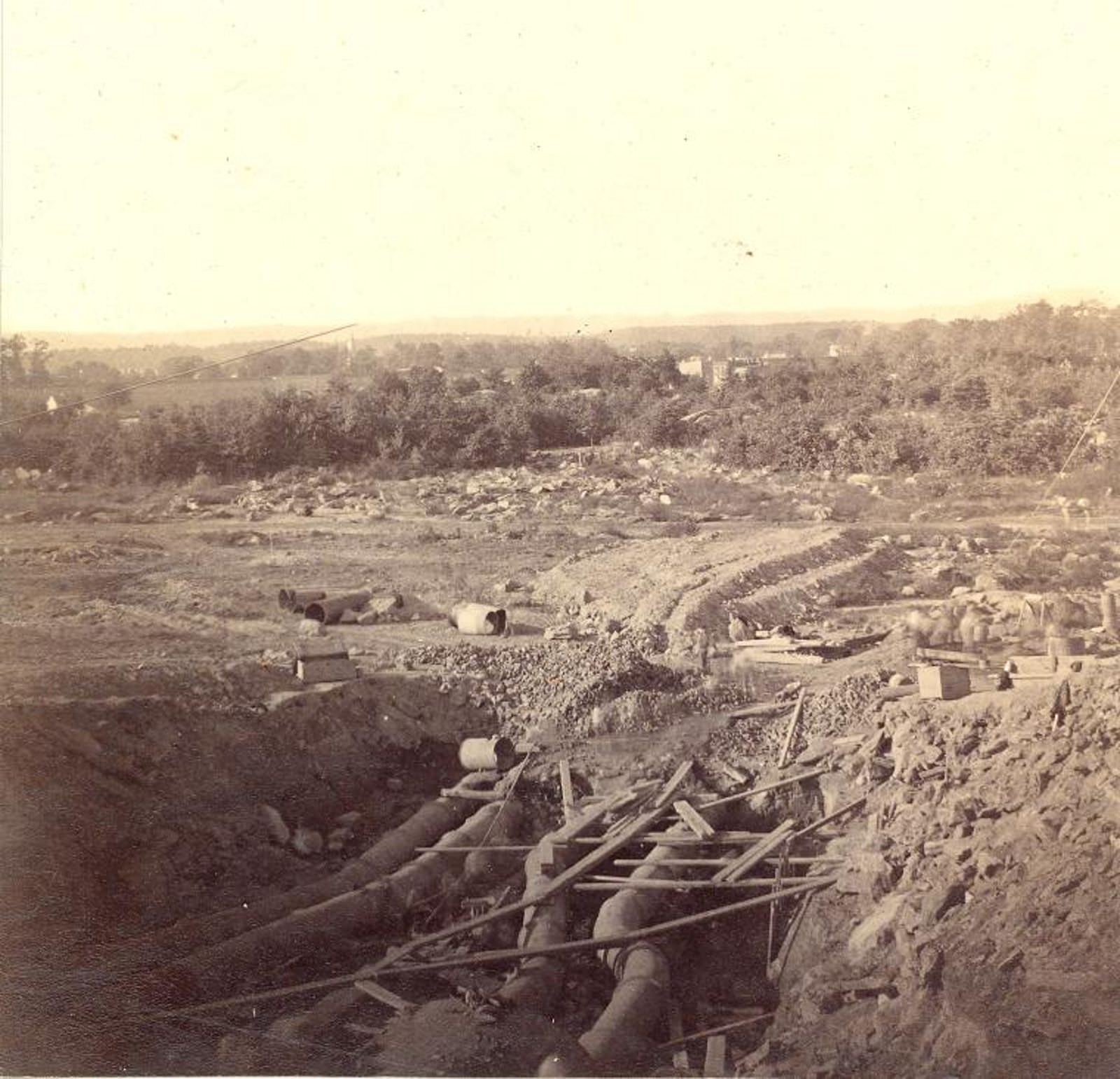

GIPHY App Key not set. Please check settings